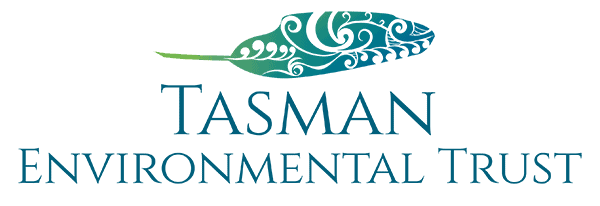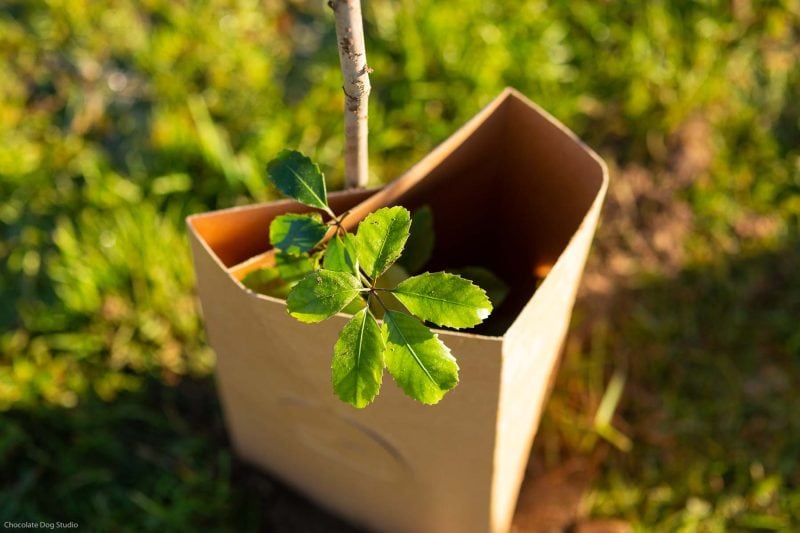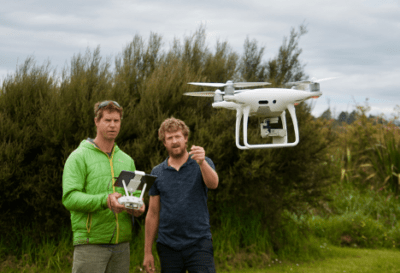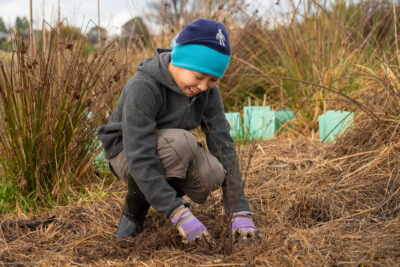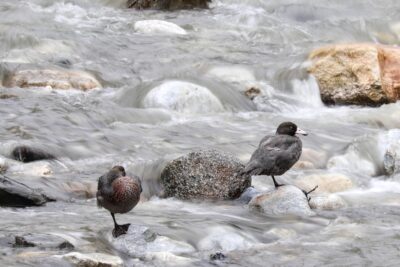If it takes a village to raise a child, it takes the entire local community to protect its environment.
Initially established to eradicate a crack willow infestation along Golden Bay’s Motupipi River, MR WERP has develped into a full-blown planting and restoration scheme. Project support comes from a diverse range of stakeholders including landowners, corporate and local government funders, businesses, schools and conservation groups.
TET’s involvement gives private landowners the same legal entity and over-arching funding and administrative support that we provide to community groups.
Helping the Motupipi to move and breathe again
The Motupipi isn’t a large catchment. Its lower reaches are the project’s focus area, with around 18 properties—mostly dairy farms and a few smaller sheep and beef operations.
Some of the catchment’s water quality issues come from the willows choking the river and slowing its flow. They also drop a lot of leaves. The water’s low oxygen content limits the number of fish it can support.
The river also has a major sediment problem, partly historical, due to eroding banks and previous grazing pressure from stock. A stopbank bridge has reduced flushing through of flood waters from the Takaka River, which has also contributed to sediment build-up.
A true grass-roots initiative
Annette Litherland of NZ Landcare Trust works directly with landowners in the catchment, planning willow removal and fencing, and creating planting plans if needed. She points out many of the farmers were already fencing off waterways and planting them up, long before there was an official named project.
“When we started they’d already had a landcare group based in the Motupipi so they’d already done quite a lot of planting with trees supplied by the local community,” she says.
“We’ve come along in the last three or four years, killed the willows, removed some of them where they were a risk, and we’ve been building up funding.
“The farmers make their contribution by fencing off their waterways. Quite a few have actually moved their fences back to encompass the plantings. And they often look after the plantings, so we have help for that,” she says.
Receiving and giving support
TET (through the Cobb Mitigation Fund), Trees That Count, Tasman District Council, the New Zealand Lottery Grants Board and Fonterra have all funded this project. Local conservation group Project De-Vine does the weed and willow wood control on the project. But other local community members have got on board as well, helping out on planting days. Takaka Primary School has adopted the Motupipi River as its outdoor classroom and runs its own planting days, attracting 40–50 people at a time.
The project also supports local businesses—nurserymen, biodegradable cover suppliers, and aborists. In 2020, landowners have also worked with people who have lost their jobs, paying them to plant some of the trees.
It’s an authentic, whole-of-community effort.
“I get quite frustrated when people just say, ‘Well, it’s a farmers’ issue’,” Annette says. “The water flows from the hills, right down through towns, and it’s owned by us all. Therefore it needs to be cared for by us all. And it’s unreasonable to expect the farmers to do all the work and meet all the costs of looking after a waterway, so it’s really great when the community wants to come along.”
Looking ahead
There’s enough funding for the project for another year. Annette is planning to meet with all the farmers in the catchment to find out what they want to do. She’s confident that from a planting perspective, the project will be close to achieving its targets but there’s always more that could be done—new wetlands to be created as water filters and more eroding banks that could be addressed. She’d also like to see research conducted into the source of nitrates in the aquifer feeding the Motupipi.
MR WERP is an excellent example of how effectively a collaborative project can create its own momentum and contaige others to get involved. When asked about TET’s role in supporting the project, Annette has this to say:
“In Tasman, I think Tasman Environmental Trust is doing great work in providing private landowners with a vehicle that’s similar to a community environmental group. It allows a group of farmers to work on the environment and provides them with that legal entity and the possibility of funding applications and things, which is really great to see.
“I think it represents the merging of the urban and rural sectors to try and work on this together. So it’s appropriate that Tasman Environmental Trust is providing that umbrella to allow that to happen.”
